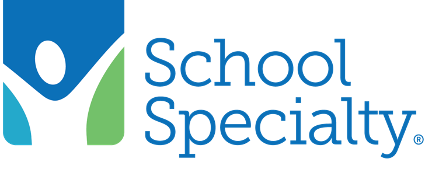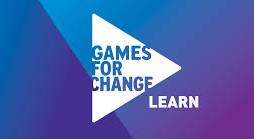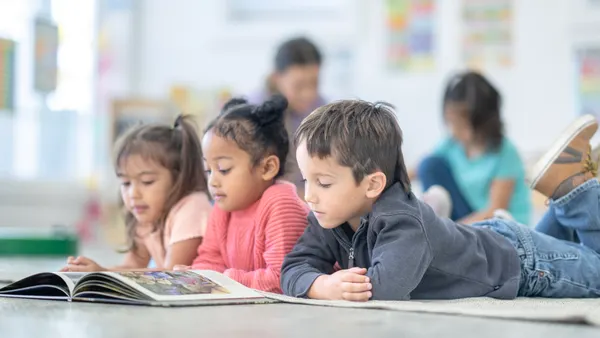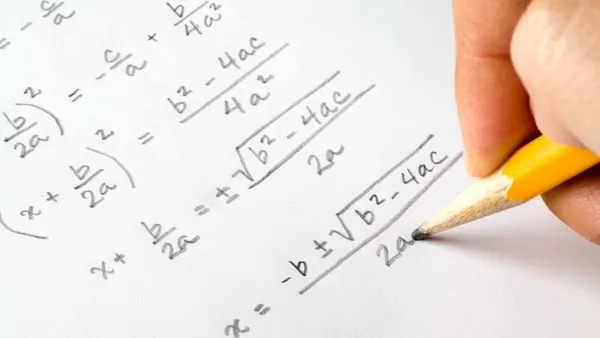Dive Brief:
- Students’ ability to articulate themselves after the shooting at Marjory Stoneman Douglas High in Parkland, FL, stemmed in part from debate, drama, journalism and other language arts programs that they’re eligible to take across K-12 schools in the state.
- Debate programs are more often found in private schools, and those in public school districts are dwindling, according to District Administration.
- While some organizations, including the National Association for Urban Debate Leagues, tries to provide funding in urban schools, districts must make a conscious choice to commit to debate programs for them to flourish.
Dive Insight:
Learning about the history and laws of one’s country is important for every student. But knowing how to defend and argue about the issues facing their country takes that learning to the next level.
That’s the focus in many journalism and debate classes and clubs — which are almost always electives, rather than core classes in public schools. Yet, students who receive debate training, particularly high-risk students, are more likely to graduate high school and be prepared for college, according to the National Association for Urban Debate Leagues (NAUDL), which operates 22 urban debate leagues in the U.S.
NAUDL’s students are 89% more likely to go to a four-year college, with 90% receiving their high school diploma “on time,” says the organization.
Curriculum designers would do well to investigate how to bring debate skills into K-12 schools. While full-fledged debate programming may be difficult and expensive to initiate, weaving debate skills such as learning how to speak in public, finding facts to bolster arguments, and learning how to critically view both sides of an argument may be worth considering in any existing social studies and civics program.













